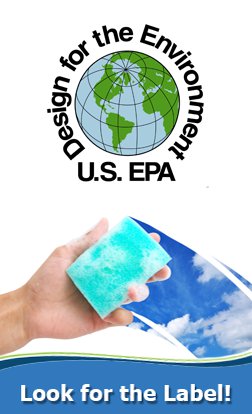Walmart to Help its Customers Save Money, Live Better— with Safer Chemicals
Walmart will now help its customers save money and “live better” with safer chemicals through a recently released and ambitious plan to move toward safer, more sustainable chemistry in products. As the largest retailer in the world, the significance of this action can’t be overstated in its potential to rewrite the basic formulas by which consumer products are designed, manufactured, and marketed in the U.S.
By placing safer chemistry at the heart of their expectations and guidance to product suppliers, and by walking the talk by requiring manufacturer’s of its in-store brands to lead the way in safer formulation, Walmart has created a new manufacturing paradigm for consumer products, one that adds safer chemistry and ingredient transparency to the traditional elements of performance and cost.




